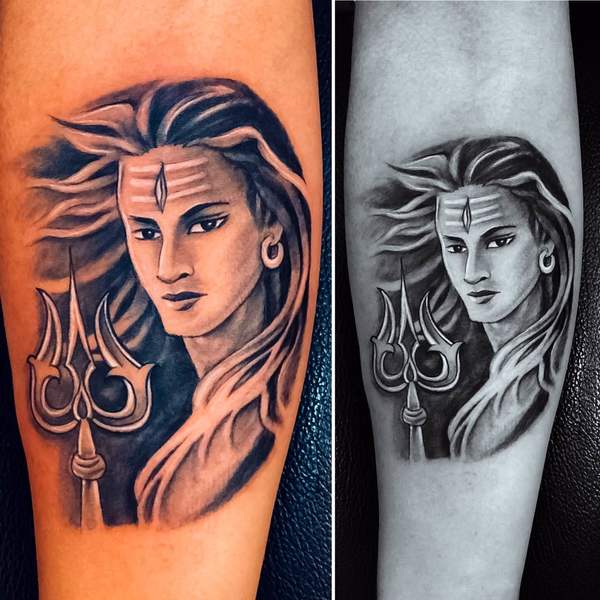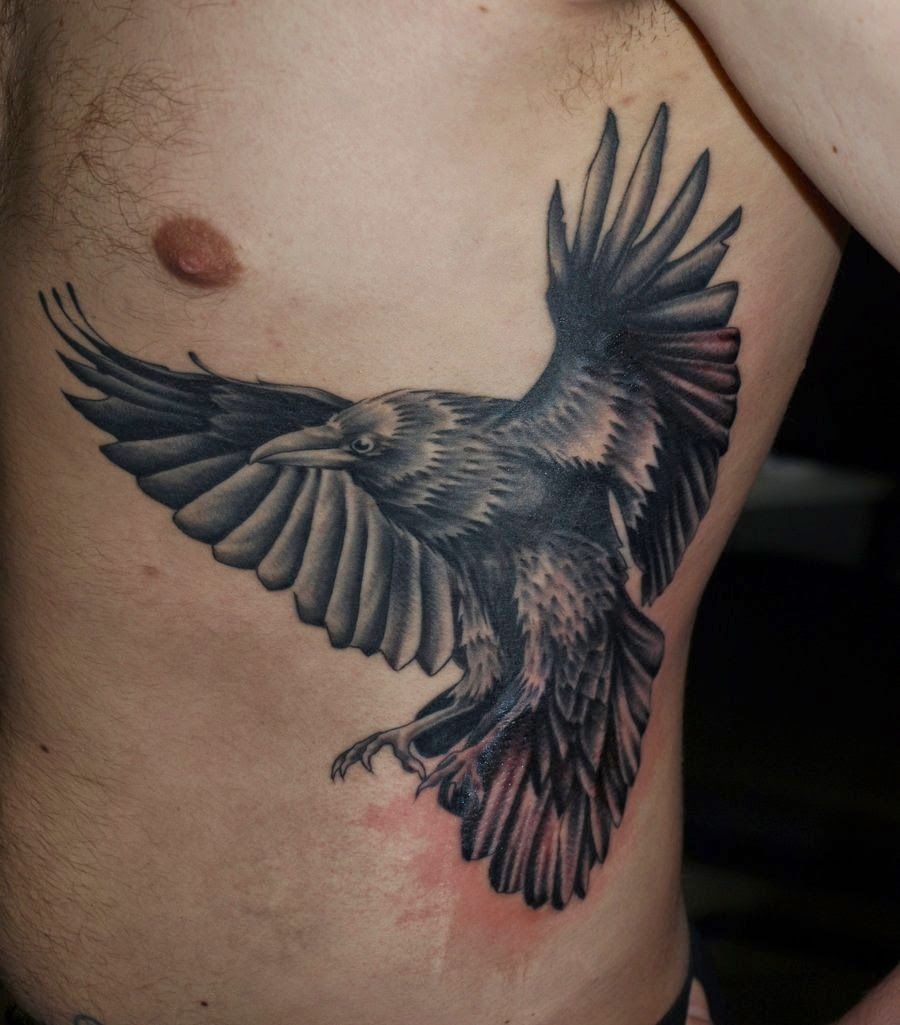Tattoos have long been used as permanent body markings for protection, medicine, and punishment, symbolizing social status and religious or spiritual beliefs. Tattoo evidence has been discovered throughout ancient Egypt, China, North America, Polynesia, and Japan, with Otzi the Iceman from Switzerland’s Alps being recognized as having tattoos 5,200 years ago – said to be the oldest-known tattooed person.

Origin of the word
tattoos have long been an ink-based form of art that dates back to human civilization. tattoos have long been used for various reasons, one everyday use being to decorate body parts. Tattoos can serve many functions, from identifying and symbolizing cultural heritage to simply being beautiful designs you adore! No matter their purpose or plan, tattoos remain popular items that will always stay in fashion. Tattoo is believed to have derived from the Polynesian words tatau or tatu. It first appeared in English in 1769 when British explorer Captain Cook described his first voyage to Polynesian islands.
Origin of Tattoo Word Stigma
Tattoo has its origins in Ancient Roman history, used as a way of identifying soldiers. Over time, Stizein, Greek for a tattoo, evolved into stigma, Latin for a brand mark or brand.
Polynesian origin
Tattoo is derived from Polynesia’s word tatau, meaning ‘mark made on skin’ and first appeared in English writing during Captain Cook’s visit to Polynesia and subsequent recording in his journal of its meaning in 1769. Polynesian culture practiced tattooing intricate designs and symbols on their bodies as an expressive means to represent who they were and show hierarchy status, sexual maturity, or genealogy. These designs were often crafted in various styles depending on which island their tribe originated from, typically comprising geometric patterns featuring repeated motifs or bands with sections of solid black color. Polynesians used symbols of different elements, including shark teeth for coverage, lizards as protection from evils, and ocean waves as freedom. Furthermore, they could include the sun symbol representing riches, brilliance, and leadership – considered sacred in Polynesian culture.
Egyptian origin
He was tattooing dates back at least 5000 years. Evidence of tattooing can be seen on two mummies with infrared-emitting radiocarbon tags, allowing scientists to detect ink on their bodies accurately. As well as evidence from mummies, there is some indication of ancient Egyptian tattooing on other objects. A stele from Abydos’ Dynasty XII depicts what appears to be a male figure with marks running down over his chest area and markings coming off it. Tattooing may have been a prevalent practice among ancient Egyptians (Jones 1987), though the exact proportion is uncertain; most evidence comes from mummified human remains, dynastic figurines, and tomb scenes from both Egypt and Nubia that indicate it may have occurred.
Dutch origin
tattoos have long been used as protection, medicine, and punishment, symbols of social status or religion/spirituality, and an expression of love or devotion by people worldwide. Tattoo is derived from the Polynesian words tatau or tatu, meaning any mark made on the skin. First used in English in 1769, and most often associated with permanent designs tattooed onto someone’s body. Tattooing was widely practiced at Nazi concentration camps, where inmates were forced to have serial-number digits tattooed onto their arms and wrists to help camp officials identify them more quickly.

